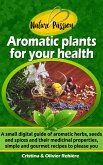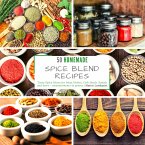The book stands out by treating spice blends as dynamic artifacts, not static recipes. It traces their evolution through vivid case studies: Mesoamerican recado rojo adapted post-colonialism, Nepal's timur ko chop tailored to mountain ecosystems, and diaspora-driven innovations like Trinidadian curry blends. Scientific insights add depth-chromatography reveals why Yemeni zhug's antioxidant-rich ingredients aid digestion, aligning with traditional knowledge. Structured to mirror discovery, early chapters dissect spice chemistry and ancient trade networks, while later sections spotlight modern revivals, such as Georgian chefs preserving kmeli suneli with botanists.
Practical yet principled, the guide empowers cooks to ethically source ingredients like long pepper or grains of paradise, adapt historical recipes, and avoid cultural appropriation. By framing blends as living traditions shaped by migration and ecology, Rare Spice Blends transforms everyday cooking into an act of cultural preservation-proving that flavor, when rooted in memory and place, can nourish both body and biodiversity.
Dieser Download kann aus rechtlichen Gründen nur mit Rechnungsadresse in A, B, BG, CY, CZ, D, DK, EW, E, FIN, F, GR, H, IRL, I, LT, L, LR, M, NL, PL, P, R, S, SLO, SK ausgeliefert werden.









